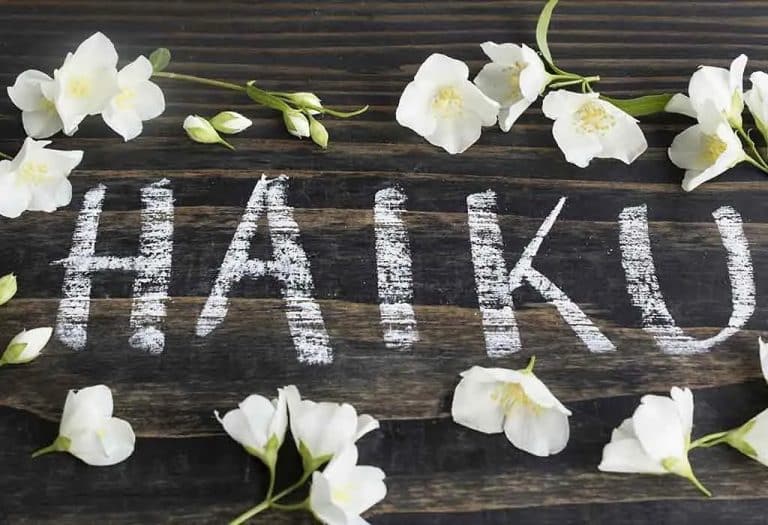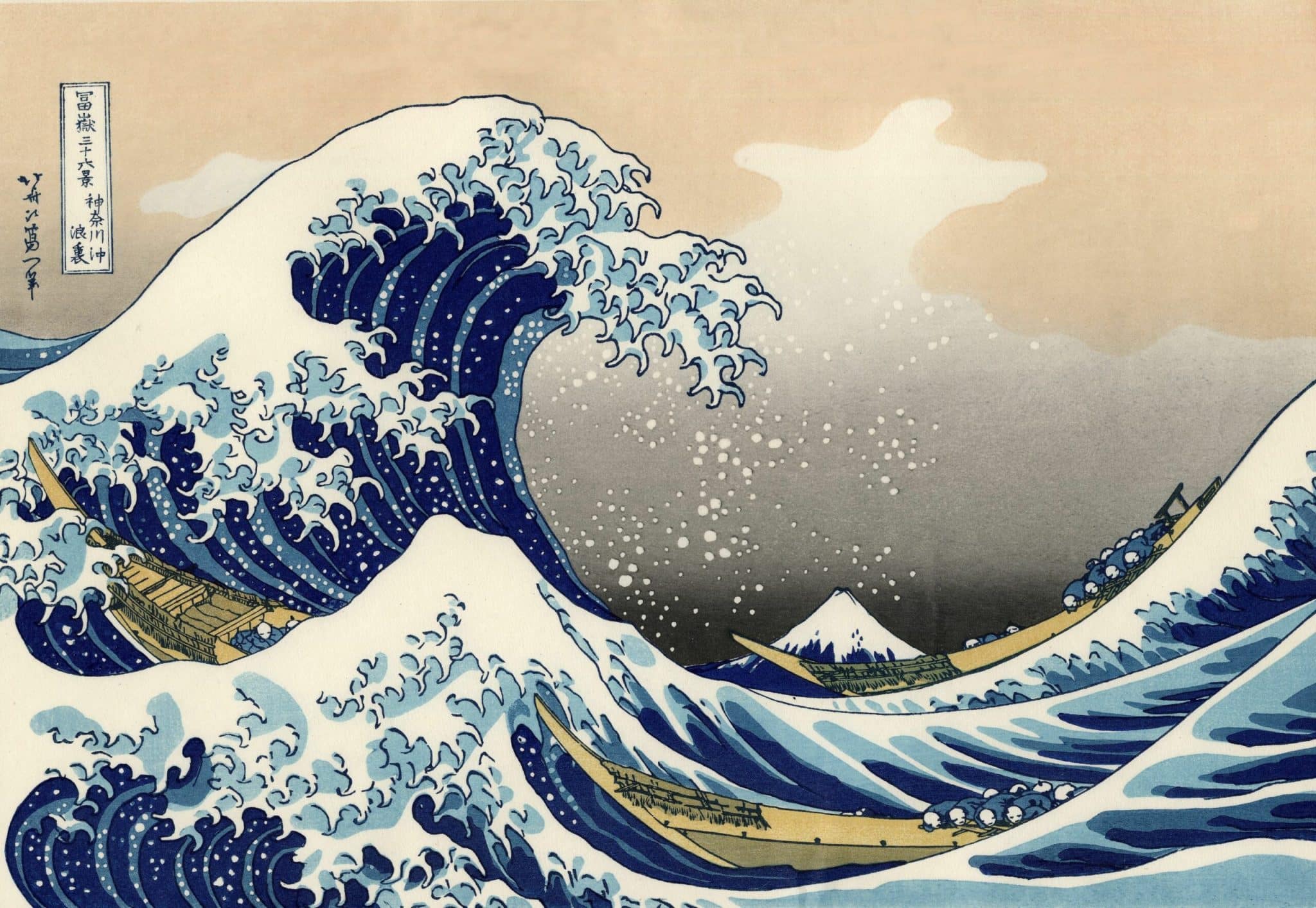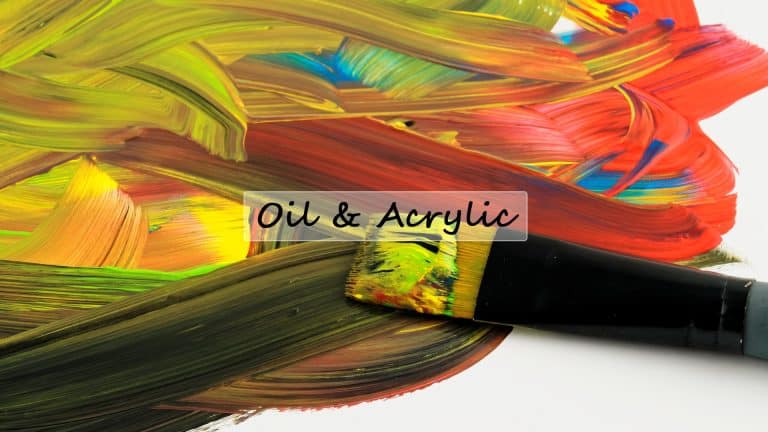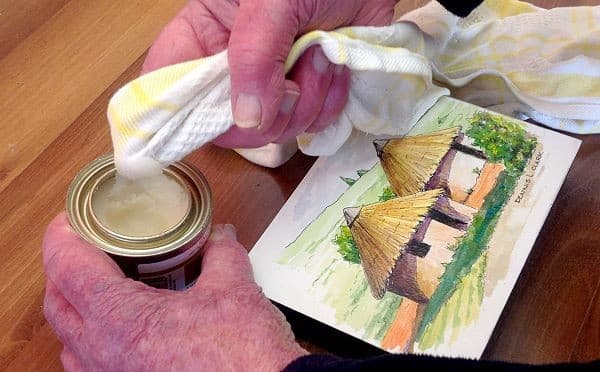Great poems require great inspiration and great minds. One of the purest and heart-touching inspirations for poets has been Nature.
Literature captures the essence of Nature, ranging from vast oceans to barren desserts. Japanese poets capture one of the most beautiful poetic genres in ‘Haiku.’
Haiku is a simple poetic form about fleeting moments in nature or the changing seasons.
For instance, examples of 5-7-5 Haiku about life are also followed widely.
This form is written in 3 lines, with the first line having five syllables, the second having seven syllables, and the third line having five syllables again.
Thus, it totals 17 syllables in a poem.
Inspiration In Nature
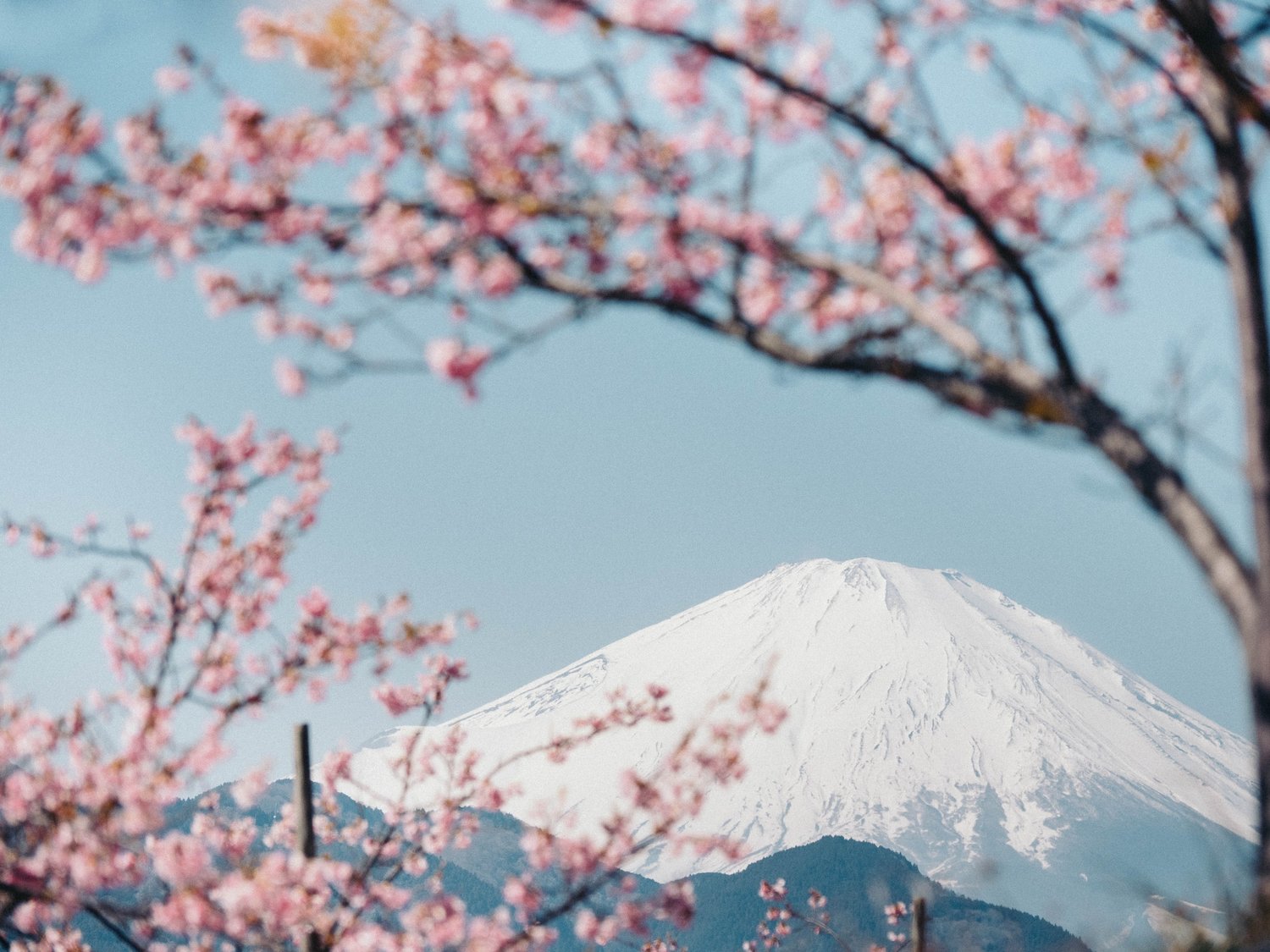
The ethereal beauty of Nature is calming enough to inspire the minds of poets.
The Japanese poets observe nature and dive deep into the solace it provides. The same is then penned down in the form of Haiku, which translates the beauty of nature into words.
The 5-7-5 pattern provides a simple structure to the poem around which the poets weave the words together to reflect a common respect, admiration, and love for all living things on our shared planet.
The brevity of this form of writing makes the reader introspect and acknowledge the beauty of Nature with utmost patience and compassion.
Haiku is written in a moment of inspiration, which lingers on in the author’s and readers’ minds.
Seasonal References
Haiku uses seasonal references, known as ‘kigo,’ in its poems to describe the beauty of Nature with its changing phases.
The cycle of Nature is the context of Kigo, which is enounced either directly by the season’s name or indirectly by mentioning its features like falling or growing of leaves, flora and fauna of the season, etc.
Examples of Kigo in Haiku are:
- Winter: Frost, Snowflakes
- Spring: Cherry Blossoms, New Growth
- Summer: Hot sun, Cicadas, Fireflies
- Autumn: Shedding of Leaves, Cool Breeze
Renowned Haiku Poets
Even though Haiku came into the picture in the 17th century, it became popular by this name only in the 19th century.
Since then, prominent poets have made significant contributions to the genre. Some of the best poets Haiku has witnessed are:
- Matsuo Basho: The Supreme Haiku. He elevated the Haiku in the 17th century with keen observation and spiritual presence. He used an innovative form of language, which is why he is still considered the best Haiku poet.
- Kobayashi Issa: Generally known by his pen name, Issa, Kobayashi has left his footprints by applying his simple, down-to-earth nature in his poems. He infused Haiku with humor and empathy. He fills the writer with details and leaves them thinking about the outcome.
- Masaoka Shiki: Masaoka is credited with coining the term ‘Haiku’ in the late 19th century. Unlike Issa, he was acquainted with not just Haiku but also Renga. He wrote on the reform of tanka poetry.
- Yosa Buson: Yosa celebrated the beauty of Nature with his passion for poetry and painting. He created vivid Haiku using his artistic talents.
Examples of Haiku
The simplicity and 5-7-5 pattern of Haiku have attracted the attention of the World towards the genre. Some examples for a better understanding are stated below:
1. Leaves dance on the wind,
Nature’s symphony in full swing-
Autumn’s sweet refrain.
***
2. A butterfly flits
Amidst the blooming flowers
Spring’s sweetest delight
***
3. Leaves fall gently down,
Autumn’s breeze whispers,
Nature’s lullaby.
***
4. Snow-capped mountains rise,
Silent sentinels of winter,
Nature’s majesty.
***
The Haikus represent various features of Nature with no strict adherence to the 5-7-5 pattern. But they all follow the 3 line pattern to keep the idea of Haiku intact.
Not all Haikus follow the 5-7-5 pattern strictly, especially the English-translated ones, but they all adhere to the 3-liners.
They all focus on a specific emotion and evoke vivid images in the readers’ minds.
Conclusion
The Japanese poets who wrote the haiku sought inspiration from the beauty of nature and all living things included in it.
Various techniques are used in the Haiku to create depth and resonance, such as cutting words, juxtaposing, and using sensory language.
These techniques make the readers align Haiku with the general forms of poetry.
Haikus can be soothing and relaxing to read and write. The admiration of Nature in the poem makes the person change their perspective by being more inclined towards compassion and softness.

